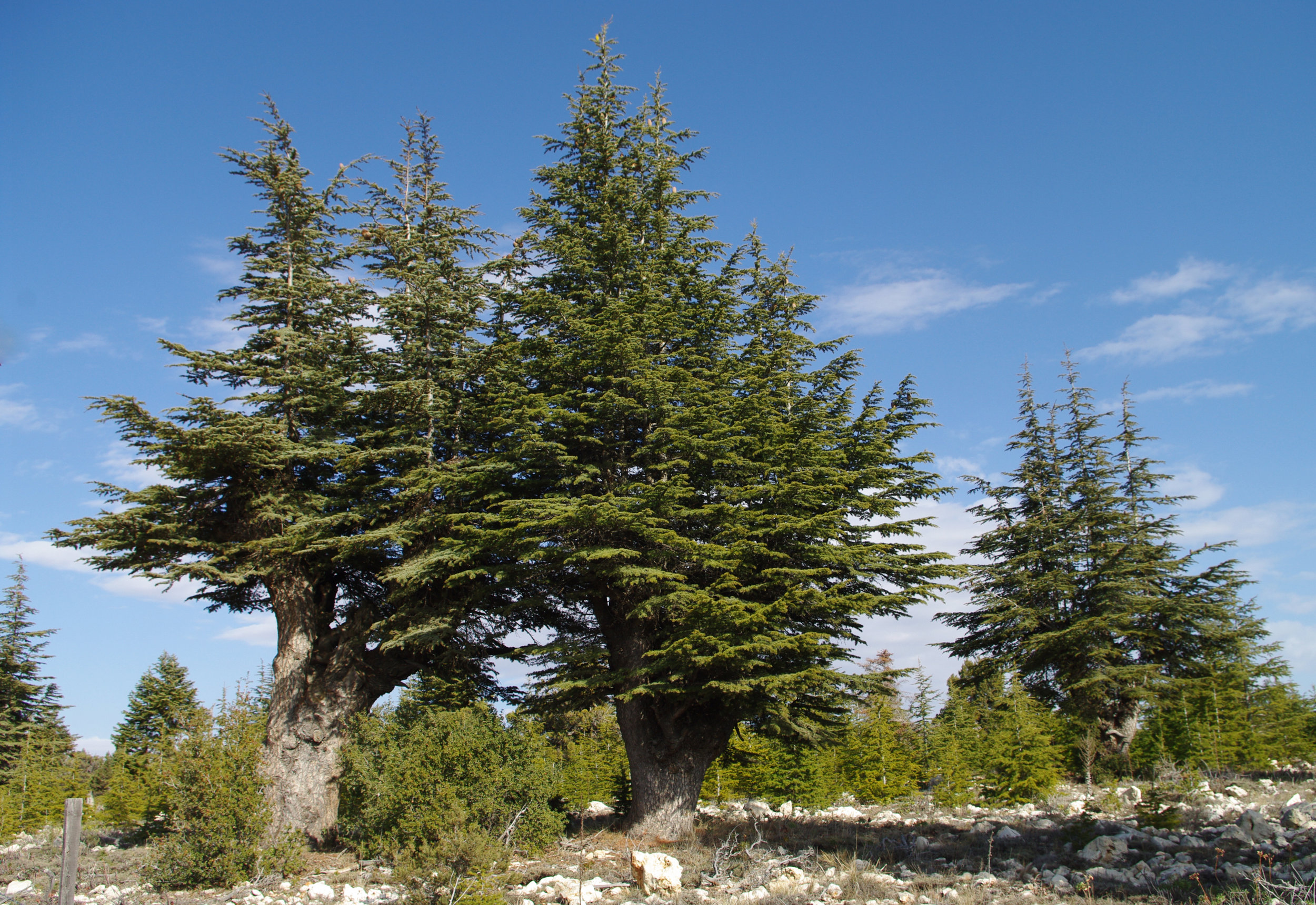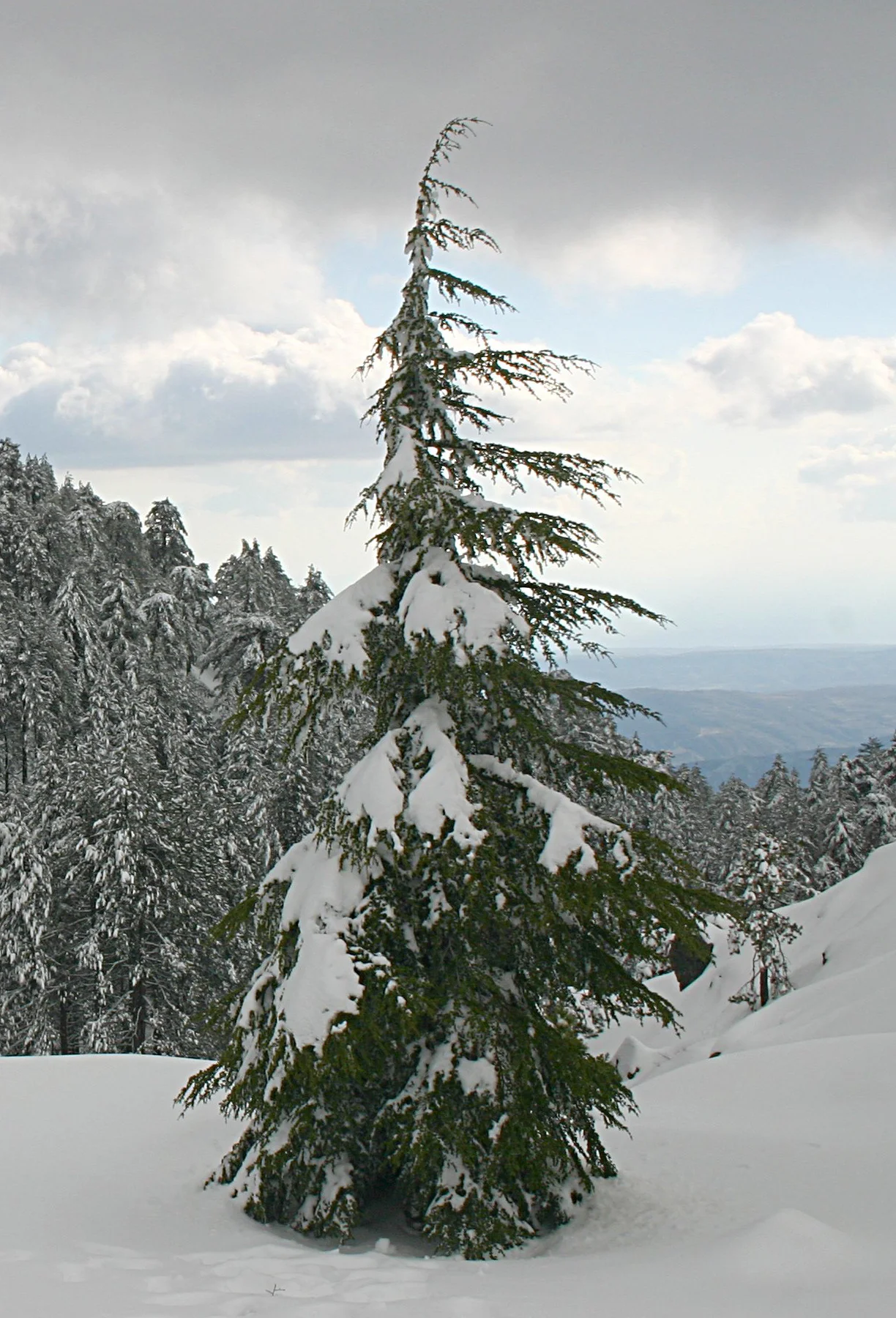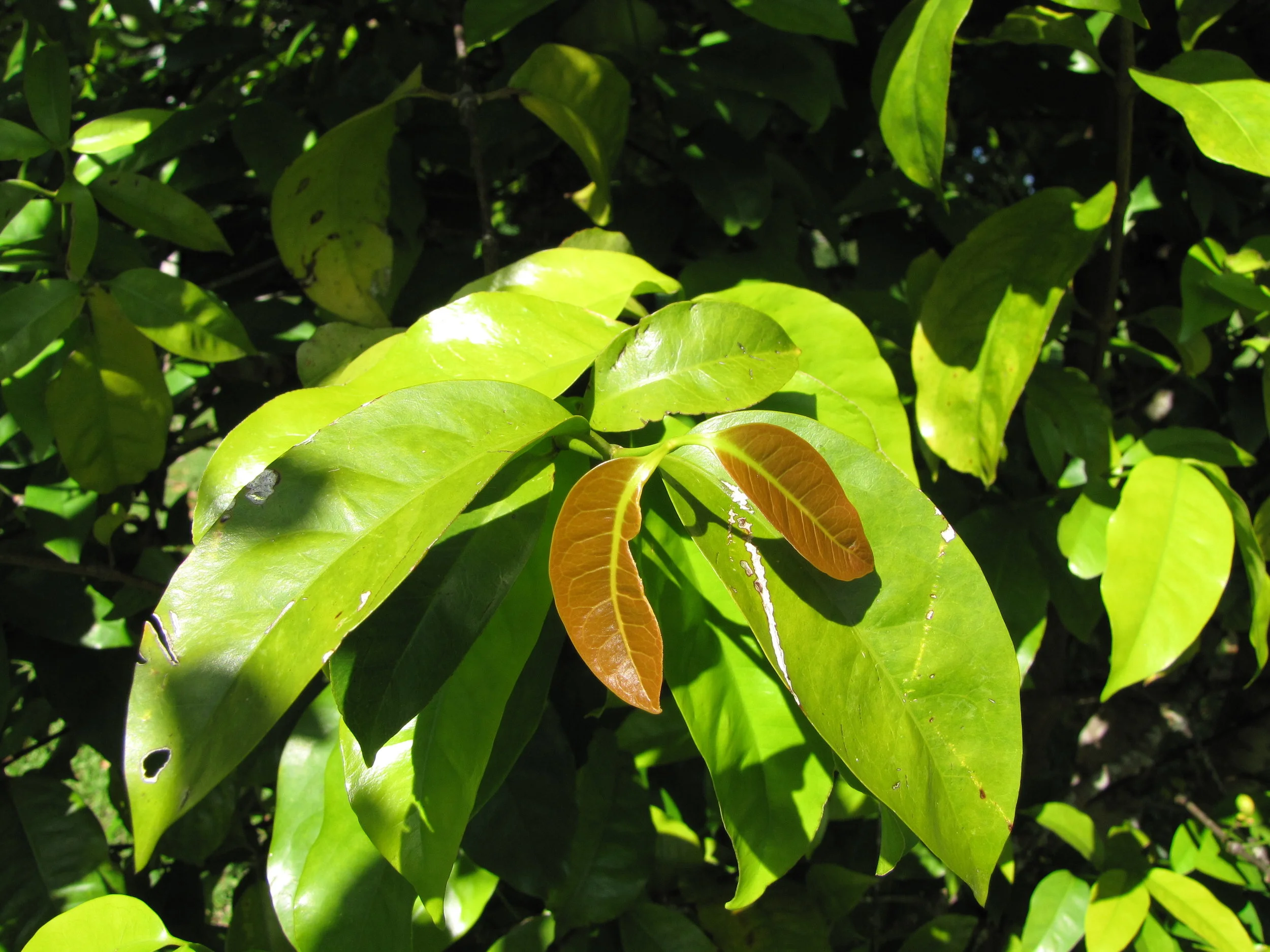Cedrus deodara. Photo by PabloEvans licensed under CC BY 2.0
The only true cedars on this planet can be found growing throughout mountainous regions of the western Himalayas and Mediterranean. All others are cedars by name only. The so-called “cedars” we encounter here in North America are not even in the same family as the true cedars. Instead, they belong to the Cypress family (Cupressaceae). The true cedars all belong to the genus Cedrus and are members of the family Pinaceae. They are remarkable trees with tons of ecological and cultural value.
J. White,1803-1824.
The true cedars are stunning trees to say the least. They regularly reach heights of 100 ft. (30 m.) or more and can live for thousands of years. Cedars exhibit a dimorphic branching structure, with long shoots forming branches and smaller shoots carrying most of the needle load. The needles themselves are borne in dense, spiral clusters, giving the branches a rather aesthetic appearance. Each needle produces layers of wax, which vary in thickness depending on how exposed the tree is growing. This waxy layer helps protect the tree from sunburn and desiccation.
Cedrus libani. Photo by Zeynel Cebeci licensed under CC BY-SA 4.0
Cedrus libani. Photo by Leonid Mamchenkov licensed under CC BY 2.0
One of the easiest ways to identify a cedar is by checking out its cones. All members of the genus Cedrus produce upright, barrel-shaped cones. Male cones are smaller and don’t stay on the tree for very long. Female cones, on the other hand, are quite large and stay on the tree until the seeds are ripe. Upon ripening, the entire female cone disintegrates, releasing the seeds held within. Each seed comes complete with blisters full of distasteful resin, which is thought to deter seed predators.
Male cones of Cedrus atlantica. Photo by Meneerke bloem licensed under CC BY-SA 3.0
Female Cedrus cones. Photo by Zeynel Cebeci licensed under CC BY-SA 4.0
In total, there are only four recognized species of cedar - the Atlas cedar (Cedrus atlantica), the Cyprus cedar (C. brevifolia), the deodar cedar (C. deodara), and the Lebanon cedar (C. libani). I have heard arguments that C. brevifolia is no more than a variant of C. libani but I have yet to come across any source that can say this for certain. Much more work is needed to assess the genetic structure of these species. Even their place within Pinaceae is up for debate. Historically it seems that Cedrus has been allied with the firs (genus Abies), however, work done in the early 2000’s suggests that Cedrus may actually be sister to all other Pinaceae. We need more data before anything can be said with certainty.
Regardless, two of these cedars - C. atlantica & C. libani - are threatened with extinction. Centuries of over-harvesting, over-grazing, and unsustainable fire regimes have taken their toll on wild populations. Much of what remains is not considered old growth. Gone is the heyday of giant cedar forests. Luckily, many populations are now located in protected areas and reforestation efforts are being put into place throughout their range. Still, the ever present threat of climate change is causing massive pest outbreaks in these forests. The future for these trees hangs in the balance.
Photo Credit: Wikimedia Commons










